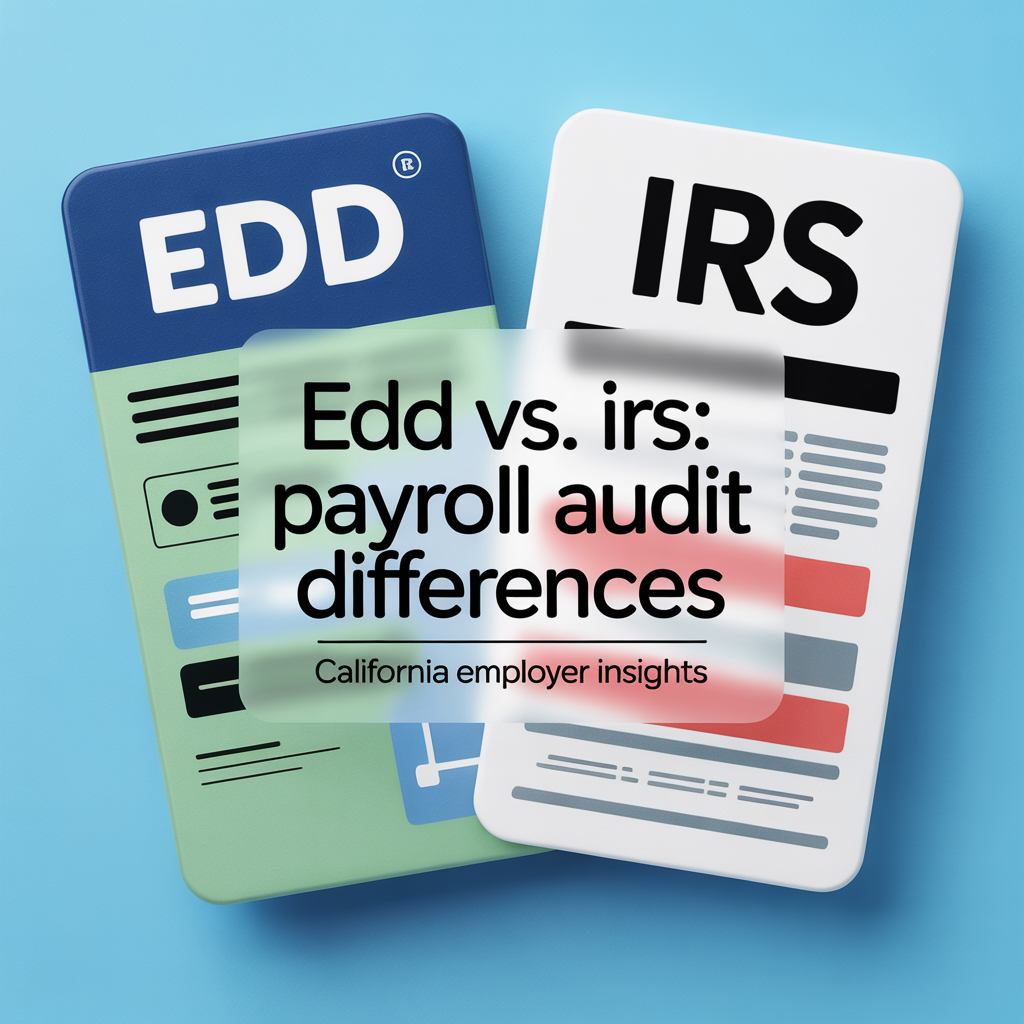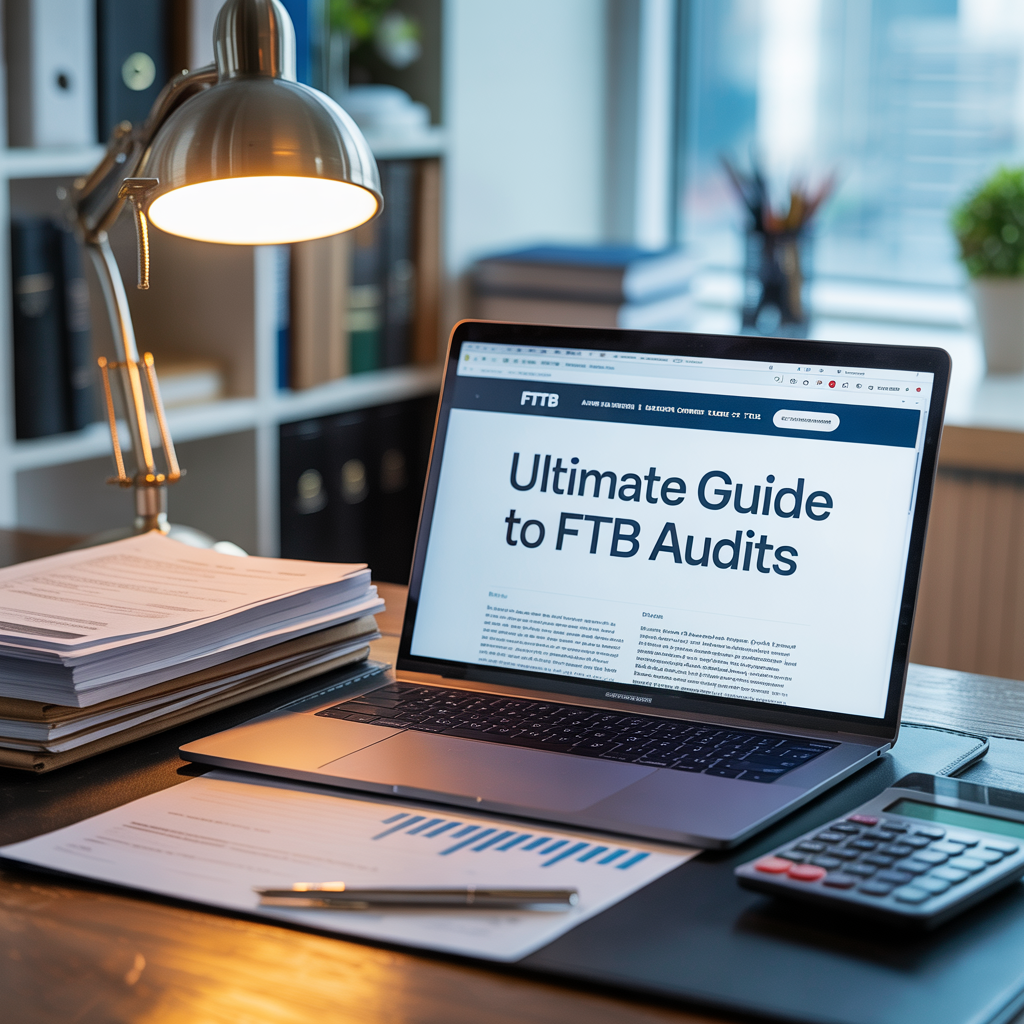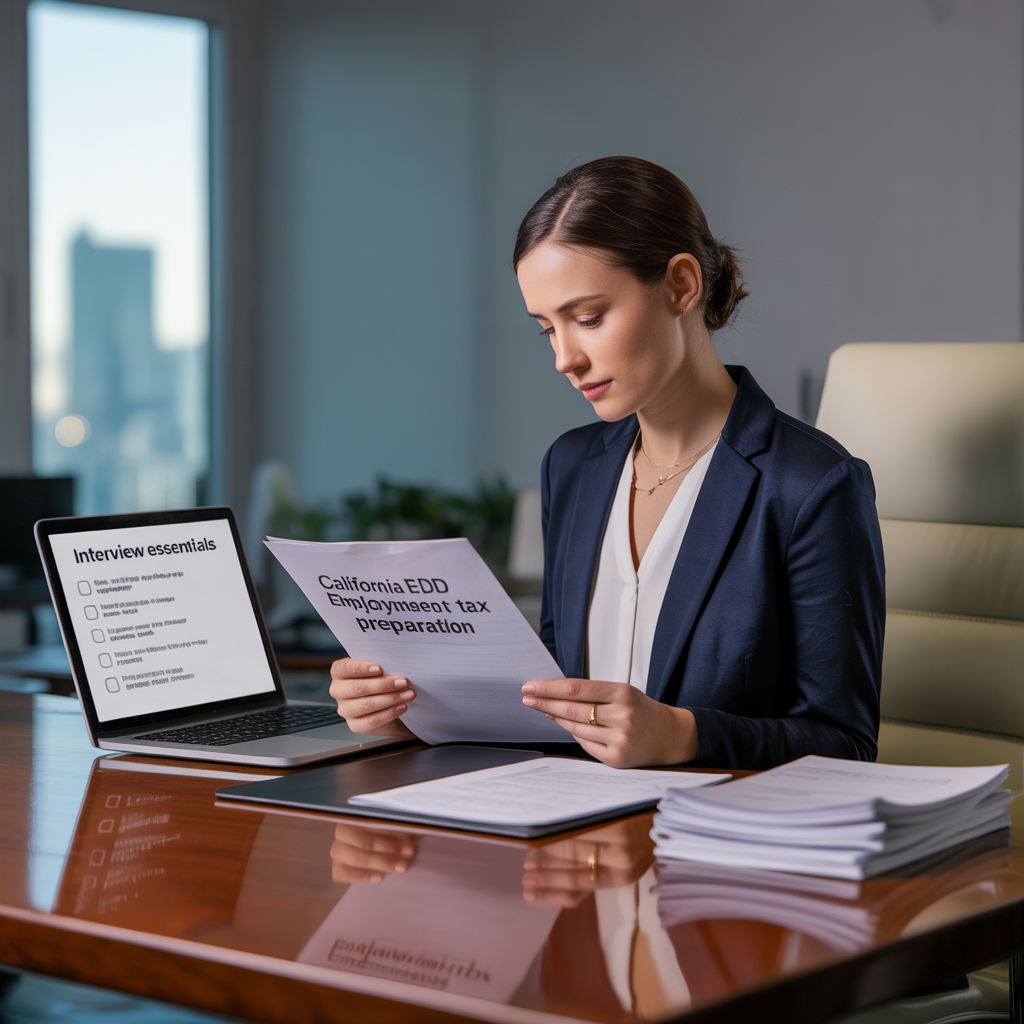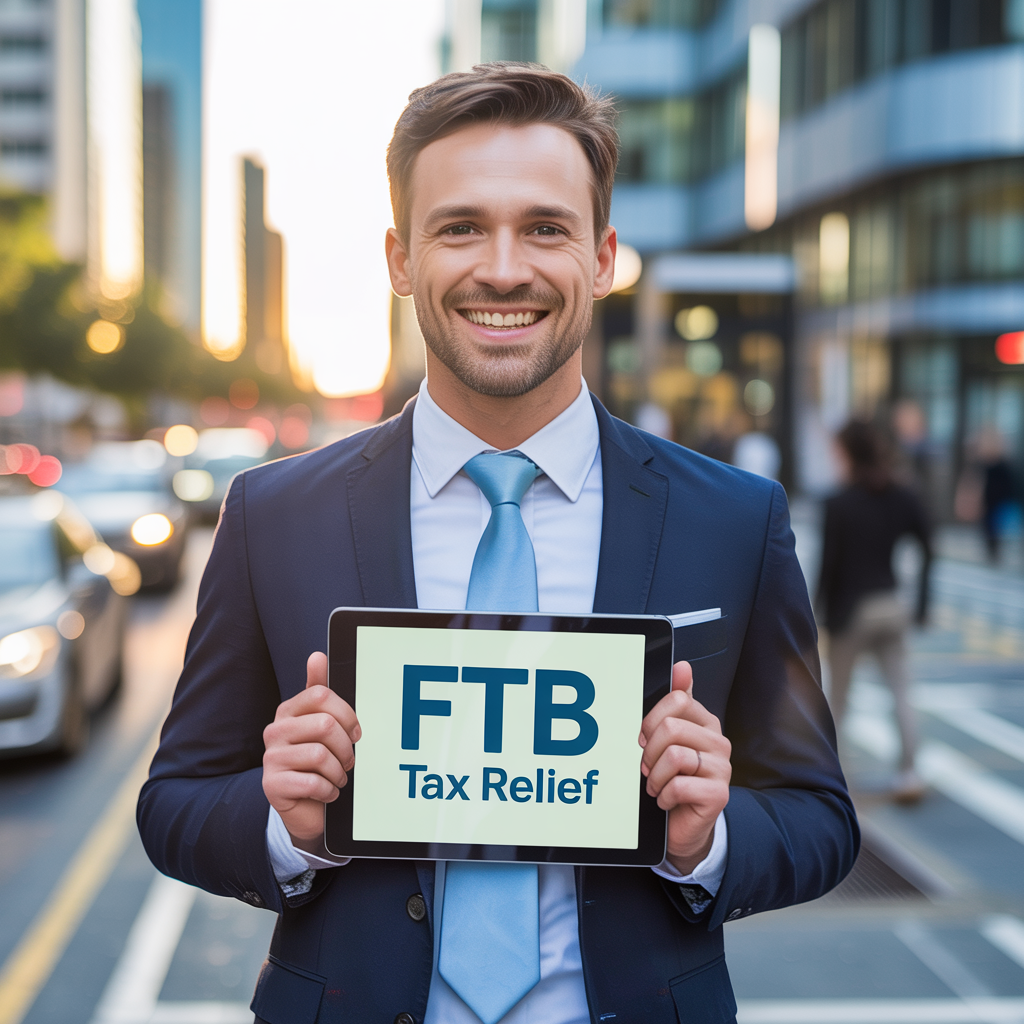How to Settle Your FTB Tax Debt in California (Orange County Guide)

FTB Tax Debt is a Common Problem in California
If you owe more than $10,000 to the California Franchise Tax Board (FTB), you're probably wondering if there's any way to settle the debt — or stop aggressive collections. While the FTB does allow settlements through a formal Offer in Compromise, the process is stricter than the IRS and often misunderstood. At Boulanger CPA, we help California taxpayers negotiate realistic FTB settlements, file for hardship status, or avoid levies through strategic planning. In this guide, you’ll learn how FTB settlement really works, who qualifies, and how to avoid the traps that cost people thousands.
We’ll break down:
- How FTB tax debt works
- What settlement options exist
- How to qualify for relief
- Steps you can take right now to protect your finances
Let’s dive in.
What is FTB Tax Debt?
The Franchise Tax Board (FTB) collects personal income tax, business entity tax, and other state-level liabilities in California. You may owe a balance if you:
- Didn’t file a return
- Underpaid taxes
- Were audited and assessed additional tax
- Defaulted on a payment plan
- Owe penalties and interest on an old balance
The FTB is aggressive. Unlike the IRS, they can garnish wages, initiate FTB bank levy enforcement, and file tax liens without going to court.
What Happens If You Don’t Pay Your FTB Balance?
If you ignore your FTB tax debt, here’s what can happen:
- Wage garnishments
- Bank levies
- Interceptions of your state refunds
- Tax liens against your property
- Loss of driver’s license or professional license
- Referral to private collection agencies
Time is not on your side. The sooner you take action, the more likely you are to avoid aggressive enforcement and settle the debt on favorable terms.
Can You Settle Your FTB Tax Debt for Less Than You Owe?
The FTB Offer in Compromise (OIC) is California’s version of the IRS offer in compromise settlement program. It allows qualifying taxpayers to settle their FTB balance for a reduced amount if they can prove they can’t pay the full amount, even over time.
California FTB Offer in Compromise: Do You Qualify?
To be eligible for an Offer in Compromise, you must show that:
- You do not have the income or assets to pay the full balance
- The offer represents the most the FTB can expect to collect within a reasonable period
- You are in full compliance with tax filings
- You are not in an active bankruptcy proceeding
The FTB will review your financial situation in detail—including income, expenses, assets, and future earning potential. If you’ve ever asked why the IRS rejected your Offer in Compromise, the same reasons (assets, disposable income, or missing documents) can cause California to reject your case too.
Types of Taxpayers Who May Qualify
- Individuals with prolonged unemployment or underemployment
- Retirees on a fixed income
- Self-employed individuals with declining business revenue
- Businesses that have ceased operations or dissolved
If you're unsure whether you qualify, consult a licensed CPA or tax resolution expert familiar with FTB settlement guidelines.
We help California taxpayers negotiate FTB Offers in Compromise and stop aggressive collections. Schedule your strategy call with a licensed CPA today.
How Much Can You Settle For?
There’s no fixed formula, but the FTB typically accepts offers that reflect the reasonable collection potential (RCP)—essentially what they think they can realistically collect from you.
For example:
- If you owe $60,000 but your finances show you can only afford $8,000 over the next few years, your offer may be accepted.
- If you have substantial assets or disposable income, your offer may be rejected.
Each case is unique, and professional representation can make a huge difference.
How to Apply for an FTB Offer in Compromise
Here’s a simplified breakdown of the application process:
1. Ensure Compliance
You must file all required tax returns before submitting an offer.
2. Complete the Application
Submit FTB Form 4905PIT (for individuals) or 4905BE (for businesses). Include:
- Supporting financial documents
- A detailed breakdown of income, expenses, and assets
- A written explanation of your hardship
3. Submit a Lump-Sum or Short-Term Payment Plan
You’ll propose how much you can pay and on what terms (usually within 5 years max).
4. Wait for Review
The FTB may request more documentation, contact you for clarification, or begin verification. The process can take 4–9 months, depending on complexity.
What If You Don’t Qualify for a Settlement?
If your offer is denied—or if you're not eligible—other options may still help:
California installment agreement options
Make monthly payments over time to gradually pay down your balance. This prevents levies and garnishments if approved.
Hardship Deferral
If paying anything right now would cause financial hardship, the FTB may temporarily suspend collections.
Penalty Abatement
Even if you can’t reduce the balance, you might qualify for removal of penalties and interest if you show reasonable cause.
Can You Combine IRS and FTB Debt Relief?
Yes, but it requires careful planning. Many taxpayers owe both the IRS and FTB, and dealing with one before the other can have strategic benefits.
An experienced tax professional can:
- Create a unified resolution strategy
- Prioritize the more aggressive agency
- Settle both debts with minimal financial strain
- Help with handling payroll tax enforcement from EDD if you’re a business owner facing employment tax issues
Why Work With a CPA Instead of Doing It Yourself?
While the FTB does allow you to apply on your own, the application is technical and risky without guidance. Working with a California-based CPA firm offers:
- Professional negotiation with FTB officers
- Accurate financial analysis to support your offer
- Protection from enforcement actions during the process
- Peace of mind knowing your case is handled
If you’re searching for IRS tax relief near you, the right CPA can often resolve both federal and state tax issues in one strategy.
How We Help at Boulanger CPA
At Boulanger CPA and Consulting PC, we’ve helped taxpayers across California—especially in Orange County—resolve complex tax debt issues with both the FTB and IRS.
Our approach includes:
- Full tax compliance review
- Customized resolution strategy
- Offer in Compromise submission and negotiation
- Installment agreement or hardship relief representation
We meet with clients virtually or by appointment at our Orange County office.
Next Steps: What You Should Do Right Now
If you owe a balance to the FTB:
- Stop ignoring it – penalties and enforcement will only grow
- Gather your financial documents – income, expenses, assets, and tax returns
- Book a free consultation with a licensed tax expert
When you’re ready to act, you can explore more in Defend What’s Yours with our help.
Contact Boulanger CPA and Get Relief Today
Website:
www.orangecounty.cpa
Phone:
657-218-5700
Email:
marc@boulangercpa.com
Serving clients across California with a focus on Orange County, we’re here to help you settle your tax debt, protect your assets, and move forward with confidence.
Frequently Asked Questions
Can I settle my California FTB tax debt for less?
Yes. Through the FTB Offer in Compromise program, eligible taxpayers may settle their debt for less than the full amount owed if they prove inability to pay in full.
What are the eligibility requirements for an FTB Offer in Compromise?
You must demonstrate financial hardship and limited ability to pay. The FTB reviews income, assets, and expenses before accepting an offer.
Is the FTB Offer in Compromise the same as the IRS program?
No. While both allow debt settlement, California’s program has its own application process and evaluation criteria, which differ from the IRS.
What if I don’t qualify for an FTB Offer in Compromise?
You may still qualify for alternatives such as installment agreements, penalty abatement, or hardship status depending on your financial situation.
Can I settle both IRS and FTB debts at the same time?
No. These agencies have separate programs. You must file separate offers for IRS and FTB tax debt, even if both are owed.
How long does it take to settle FTB tax debt?
The process can take several months. During that time, the FTB may pause collection, but you must stay compliant with filings and current taxes.
Should I get professional help for FTB tax settlements?
Yes. Professional representation improves your chances of success, ensures accurate disclosures, and protects you from enforcement actions.
📣 About the Author
Marc Boulanger, CPA is the founder of Boulanger CPA and Consulting PC, a boutique tax resolution firm based in Orange County, California and trusted by high-income individuals and business owners across Southern California.
He is the author of Defend What’s Yours: A California Taxpayer’s Guide to Beating the IRS and FTB at Their Own Game, available now on Amazon. The book offers a step-by-step plan for resolving IRS and FTB tax debt without losing your business, your home, or your peace of mind.
With over a decade of experience resolving high-stakes IRS and State tax matters, Marc brings strategic insight to complex cases involving wage garnishments, bank levies, unfiled returns, and six-figure tax debts. He is known for helping clients reduce or eliminate tax liabilities through expertly negotiated settlements and compliance plans.
Marc is a Certified Public Accountant licensed in California and Oklahoma and holds the designation of Certified Tax Representation Consultant. He is a member of the American Society of Tax Problem Solvers (ASTPS) — the national organization founded by the educators and practitioners who have trained thousands of CPAs, EAs, and tax attorneys in IRS representation strategy.
Every case is handled with discretion, proven methodology, and direct CPA-led representation — not call center scripts.
📍 Learn more at www.orangecounty.cpa or call (657) 218-5700.










